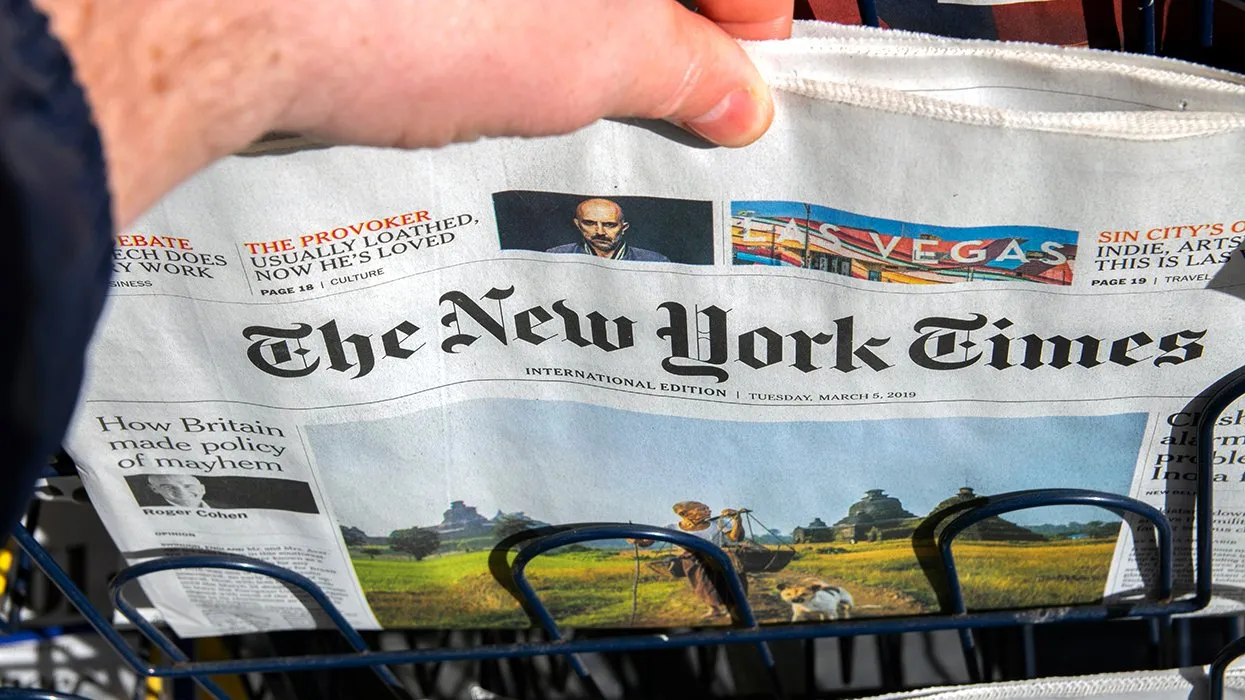Introduction:
When it comes to understanding what “arousing suspicion” means, The New York Times often discusses this in the context of news events and societal safety. Knowing what raises suspicion, how to recognize it, and how to respond can be vital for community awareness and personal safety. This article will explore what “arousing suspicion” entails, how The New York Times frames it, and practical tips for staying safe and aware.
What Does Arousing Suspicion Mean?
“Arousing suspicion” refers to any situation, behavior, or action that causes someone to feel uneasy or doubtful about a person’s intentions or actions. In everyday life, we all experience moments where something feels “off.” It could be someone loitering outside a neighbor’s house or an unfamiliar car parked in the area for too long. These situations can make people feel alert and concerned, triggering their instincts to be more cautious.
Suspicion arises from our sense of self-preservation. It’s a way for our brains to signal that something may not be right, prompting us to be more vigilant. However, it’s also essential to recognize that suspicion can sometimes be subjective and may be influenced by personal biases or social conditioning. Understanding this balance is crucial when discussing suspicion, especially in public discourse.
What Does “Arousing Suspicion” Mean?
At its core, “arousing suspicion” means causing a person to feel mistrust or fear due to an action or behavior that seems out of the ordinary or potentially harmful. The concept is not limited to criminal activity; it can also relate to less serious contexts, such as a misunderstanding between people or even cultural differences. The key element is the sense of doubt or worry about someone’s motives.
For example, someone acting nervously in a public place may arouse suspicion, but this does not always mean they have ill intentions. On the other hand, if someone is seen trying to enter a private property without permission, this could be a more valid reason to feel suspicious and perhaps alert the authorities. The definition of what is considered suspicious can vary widely depending on the context and the observer’s perception.
How The New York Times Talks About Suspicion
The New York Times frequently covers stories where suspicion plays a central role, from investigative journalism to opinion pieces that discuss societal trust issues. When it comes to “arousing suspicion,” the newspaper often highlights stories where community members report suspicious activities that later turn out to be significant.

How The New York Times Talks About Suspicion
The New York Times provides comprehensive coverage of various incidents where suspicion led to crucial discoveries or helped prevent potential threats. The paper reports on these stories to emphasize the importance of community awareness and vigilance. For example, in crime reporting, The New York Times often includes accounts from eyewitnesses who first noticed something unusual and decided to report it.
How to Stay Safe and Aware in Your Community
Staying safe and aware in your community involves recognizing what might be considered suspicious and knowing how to react appropriately. Here are a few tips to help you stay vigilant:
- Know Your Neighbors: Familiarize yourself with your surroundings and get to know the people who live nearby. This helps you notice when something or someone is out of place.
- Trust Your Instincts: If something feels off, it probably is. Don’t dismiss your gut feelings.
- Report Concerns: If you notice something genuinely suspicious, don’t hesitate to inform local authorities.
- Stay Informed: Keep up with local news and community alerts to stay aware of potential threats or unusual activities in your area.
What You Should Do If You Feel Suspicious
If you feel something is not right, take immediate steps to ensure your safety:
- Stay Calm: Do not panic. Assess the situation and make sure you are in a safe place.
- Observe Carefully: Take note of any details, such as descriptions of people or vehicles, that could be helpful if you need to report the incident.
- Contact Authorities: If the situation appears genuinely dangerous or unlawful, call the police or appropriate local authority.
- Share Information: Communicate with others in your community to see if they have noticed anything similar. Sharing information can help build a better understanding of the situation.
Can Suspicion Be Wrong? Understanding Both Sides
Suspicion, while often necessary for safety, can also be misplaced or incorrect. Misunderstandings, personal biases, or lack of information can cause people to misinterpret a harmless situation as dangerous. This is why it’s crucial to understand both sides—why suspicion may be aroused and why it can sometimes be misplaced.
For example, cultural differences or unfamiliar behaviors can easily be misinterpreted. Someone new to a community might act differently simply because they are unfamiliar with local customs or norms. Recognizing this helps prevent wrongful suspicion and fosters a more inclusive environment.
On the flip side, there are cases where being suspicious has led to the prevention of serious crimes. Therefore, it’s vital to maintain a balance between staying vigilant and avoiding unnecessary judgment or profiling.
Tips for Recognizing Suspicious Situations
Recognizing suspicious situations involves a combination of observation, intuition, and awareness. Here are some tips:
- Look for Inconsistencies: Are there behaviors or situations that don’t seem to fit the context? For example, a person dressed inappropriately for the weather or location.
- Watch for Nervous Behavior: Unusual nervousness or erratic actions can sometimes indicate that something is wrong.
- Pay Attention to Unfamiliar Vehicles: Especially if they are parked for a long time in an unusual location or appear abandoned.
- Notice Repeated Behavior: If someone is repeatedly showing up in the same place without a clear reason, it might be worth noting.
Why the New York Times Cares About Suspicion
The New York Times covers stories about suspicion because it plays a critical role in maintaining public safety and awareness. By reporting on incidents where suspicion has been a factor, the newspaper helps educate readers on the importance of staying vigilant and the potential outcomes of ignoring suspicious behavior.

Real Stories That Raised Suspicion in the News
The New York Times often shares real-life stories where suspicion has been crucial. For instance, there have been cases where alert community members noticed suspicious activities and helped prevent crimes or identified missing persons. These stories highlight the impact of paying attention and acting on one’s instincts.
How to Understand News About Suspicion Better
To better understand news related to suspicion, it’s essential to look at the context in which the information is presented. The New York Times often provides multiple perspectives, including those of witnesses, authorities, and experts, to offer a balanced view. Understanding the nuances of these stories can help readers differentiate between valid concerns and potential misunderstandings.
Things You Can Learn from Reading the News
- Awareness: Stay informed about what’s happening around you.
- Understanding: Learn to recognize both obvious and subtle signs of suspicious activity.
- Community Engagement: Reading news stories can inspire more active participation in your local community, fostering a sense of collective responsibility.
What to Do If You Feel Something Isn’t Right
If something feels off, prioritize your safety first. Move to a safe location and contact local authorities if necessary. Trust your instincts but ensure that your actions are measured and based on the information available. It is always better to err on the side of caution while maintaining a fair perspective.
Final Thoughts
Suspicion is a natural response to uncertainty, and being aware of your surroundings is crucial for personal and community safety. The New York Times offers valuable insights into how suspicion plays out in real-world scenarios, reminding readers of the importance of staying vigilant. By understanding what “arousing suspicion” means and how to respond, you can help ensure a safer environment for everyone.







































Leave a Reply